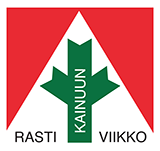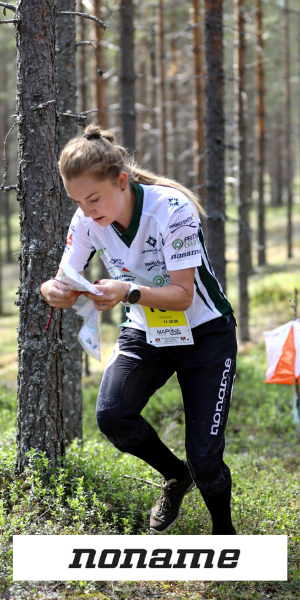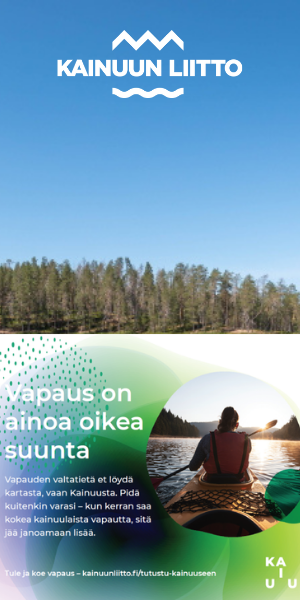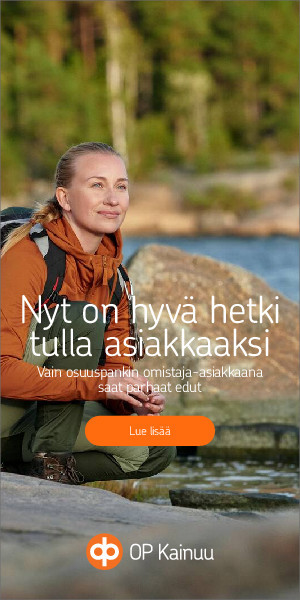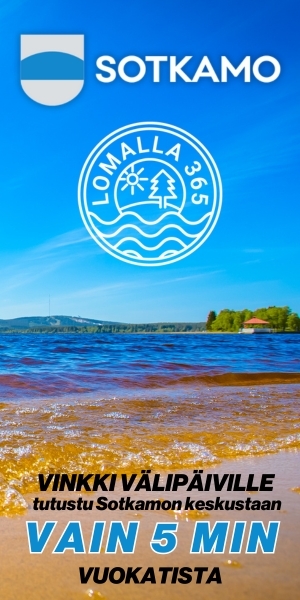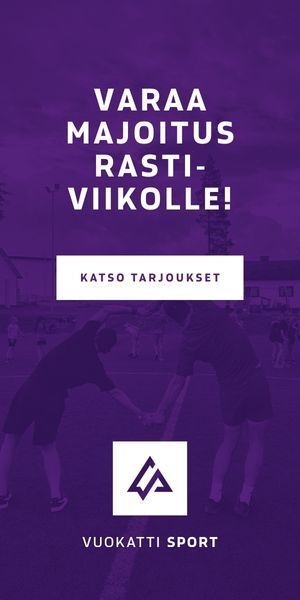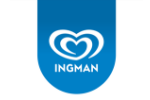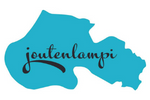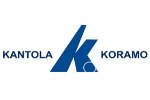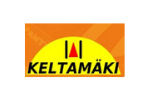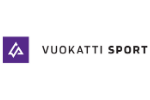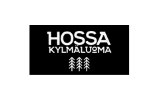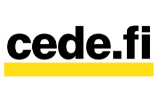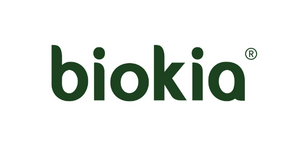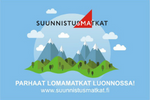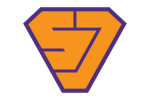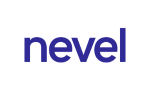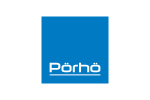Children’s Competition Categories – Introduction to the 13–14-Year-Old Categories
Published: 26.02.2025
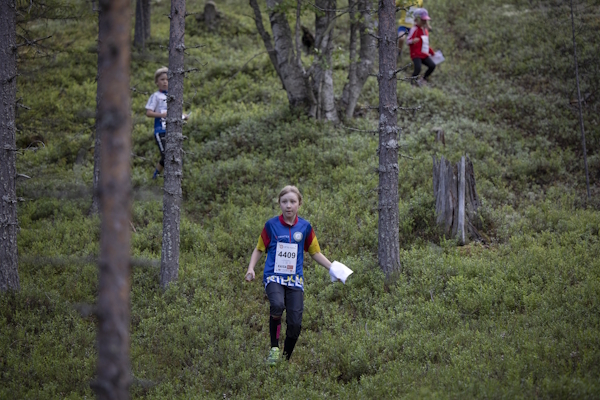
In children's and youth competition courses of the Kainuu Orienteering Week, the challenge level and course length gradually increase from one category to the next. For 13–14-year-olds, there are both a more challenging (A) and an easier (B) course option available. Generally, young participants compete in their own age group, but if a child or young person seeks more challenge, they can also participate in an older age category. In competitive categories, children and youth navigate the course independently, but in open categories, parents or friends can accompany them if needed.
During the Kainuu Orienteering Week, 13-year-olds can choose between the H/D13 A-category and the H/D13–14 B-category. 14-year-olds can choose between the H/D14 A-category and the H/D13–14 B-category. In boys’ categories, "H" stands for "Herrar" (Gentlemen), and in girls’ categories, "D" stands for "Damer" (Ladies).
When selecting the right category, the child should consider what kind of course they want to navigate. What do they expect when they step into the forest with a map? If they want slightly more complex orienteering challenges and perhaps a bit of excitement along the way, the A-category is the right choice. This means the child feels confident in their abilities to tackle more demanding challenges and has a desire to solve them.
In the B-category, the child can navigate the course safely from start to finish by following clear features. Throughout the course, there are reference points that help with navigation and guide the participant from one checkpoint to the next. A clear feature next to each checkpoint, such as a boundary line marking a change in terrain, assists in both finding the checkpoint and continuing from it. The entire route is guided by a distinct feature, such as a path.
In the A-category, route choices can be more direct, increasing the number of navigation tasks on the course. The child will navigate more from feature to feature, as checkpoints are placed slightly farther from clear reference points but can still be utilized. Additionally, approaching and departing from checkpoints is more challenging in the A-category.
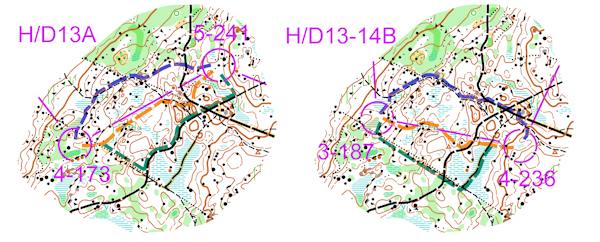
In the A-category, participants get to navigate more actively, whereas in the B-category, they can rely on clear features guiding them throughout the course.
In the example image:
The green route is the easiest, following a boundary line and paths. It is recommended for youth who may still be uncertain about orienteering and prefer to navigate along safe and easy features.
The blue route is a medium-difficulty option, passing through the forest but occasionally relying on a path. It is suitable for youth who are willing to make short cross-country segments but still want to confirm their direction with clear features like a path.
The orange route is the most challenging, following a direct line between checkpoints. It is recommended for youth who are confident in their navigation skills, can move efficiently in a straight line, and recognize and utilize essential terrain features.
In the 13–14B category, there are more easy route choices, and checkpoints are placed at clear locations near paths and boundary lines. In the 13A category, checkpoints are in more challenging locations, farther from clear features, making route choices more difficult. However, the courses are designed to ensure participants do not get lost.
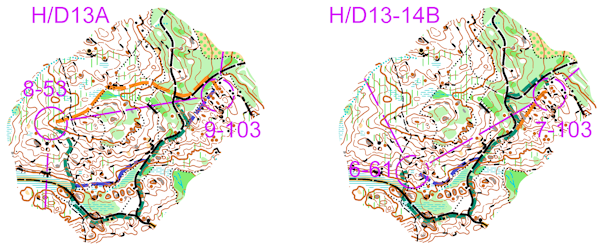
In the 13A category, the most challenging route (orange) requires the ability to interpret contour lines and use a compass effectively. This choice allows participants to initially follow a boundary line and later use paths, but in between, they must navigate through an undefined slope to find a small trail. A larger path behind serves as a safety feature if the small trail is missed.
The blue and green route choices are easier, following clear features such as paths and boundary lines. Participants can select the most suitable option for themselves: if they prefer running along paths, the green route is best, while those who enjoy running through the forest may prefer the blue route.
The 13–14B category offers similar route choices but excludes the most difficult option. Participants can again choose based on their strengths. From a checkpoint, they can either follow a boundary line more directly or take a slightly longer route along a path, with both options available when approaching the next checkpoint. Although an easier route at the start follows a path, approaching the checkpoint via a boundary line may be simpler, as it leads directly to the checkpoint through normal forest terrain. In contrast, approaching from a path may make it harder to determine the right moment to leave the trail and find the checkpoint.
The 57th Kainuu Orienteering Week will take place in the world-class terrains of Sotkamo’s Vuokatti, next to the Vuokatti-Jukola 2027 area, from June 29 to July 4, 2025.
Welcome to a family-friendly orienteering week!
